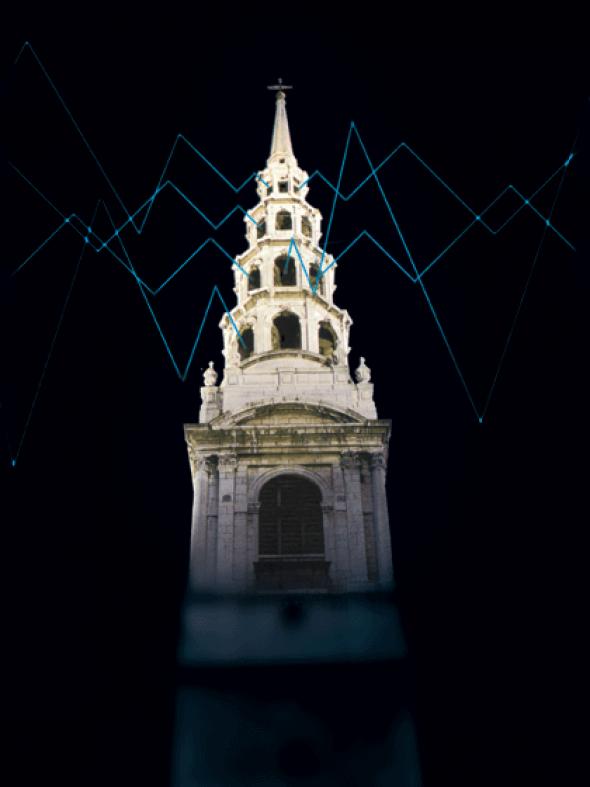1000 Years of Sound and Space
The French historian Alain Corbin's Village Bellsforms part of a monumental project to trace a historical component to sensory perception. Corbin contends that nineteenth-century French villagers heard their church bells in a way that would be impossible today. This loss inheres mainly in registers of meaning discerned in particular types of ringing. Bells were tolled for births and marriages, to announce the hours of the day, to warn of invasion, to mark political events and to indicate that a member of the community was undergoing death agonies. This 'language of bells' was largely a casualty of Republican politics, and already experienced nostalgically as early as the 1820s. One of the most useful concepts in Corbin's book is that of an auditory territory. The range of the bells in the clock tower defined the limit of a community, socially and administratively. The church bell tolled the end of the working day for those in the furthest fields, and the limit of hearing became the de facto basis for community boundaries, at least before the massive work of standardisation and central control which followed in the wake of the Revolution. For a thousand years, technologies of sound have been bound up with social control and personal identity. A (crudely epistemic) history might be written, starting with the hieratic and supernatural function of the echo in the Ancient world, based on the projection of sound, especially the voice, beyond its ordinary limits of volume and timbre. Later bells and drums, often anthropomorphised, were used to denote 'organic' territories and limits in the way Corbin analyses. Industrial techniques of amplification, from the factory steam whistle to the air raid siren, allowed larger auditory territories to be defined, martialling greater numbers of people in densely layered urban spaces. Twentieth century totalitarianism and electric amplification had an uncomfortably close relationship, exemplified by the projection of the leader's voice through speakers. Think of sound waves reflecting off the vast parabolic planes of Albert Speer's Nuremberg rally ground to be absorbed by the massed bodies of the faithful and Modernist architecture's complicity with amplified politics becomes apparent. Even the Hitlerrockstar meme that circulated among sixties and seventies bands examining the dark side of their own narcissism is a relic of this.
Radio marked an extraordinary moment of dematerialisation of auditory territory. Voice of America, the World Service, Radio Mille Collines, offshore pirate ships, towerblock transmitters, radio astronomy and SETI would all play their part in any millennial history of sound, range and power. Now the Internet dissolves the idea of territory completely, replacing it with a distributed network of receiving points, personal headphone spaces at the end of single audio streams, each one surrounded by silence. However earlier territorial paradigms still have a place, even in the most hypermodern auditory environment. The cheers of a stadium crowd floating over surrounding streets, the dopplering sound of a police siren, a subway busker playing at the foot of an escalator; all are relics of earlier auditory territories. So when you hear the sound of Big Ben at midnight, transmitted via your radio or TV or projected with visuals on a giant screen in the Millennium Dome, think for a moment of Corbin's villagers, coming home from the fields.
Alain Corbin: Village Bellstrans. Martin Thom (Macmillan pb £12.00)
Hari Kunzru<hari AT metamute.org>
Mute Books Orders
For Mute Books distribution contact Anagram Books
contact@anagrambooks.com
For online purchases visit anagrambooks.com








